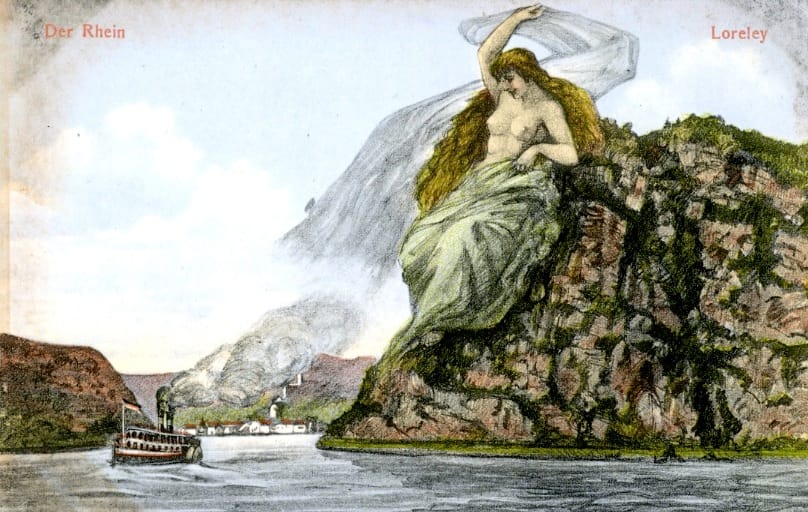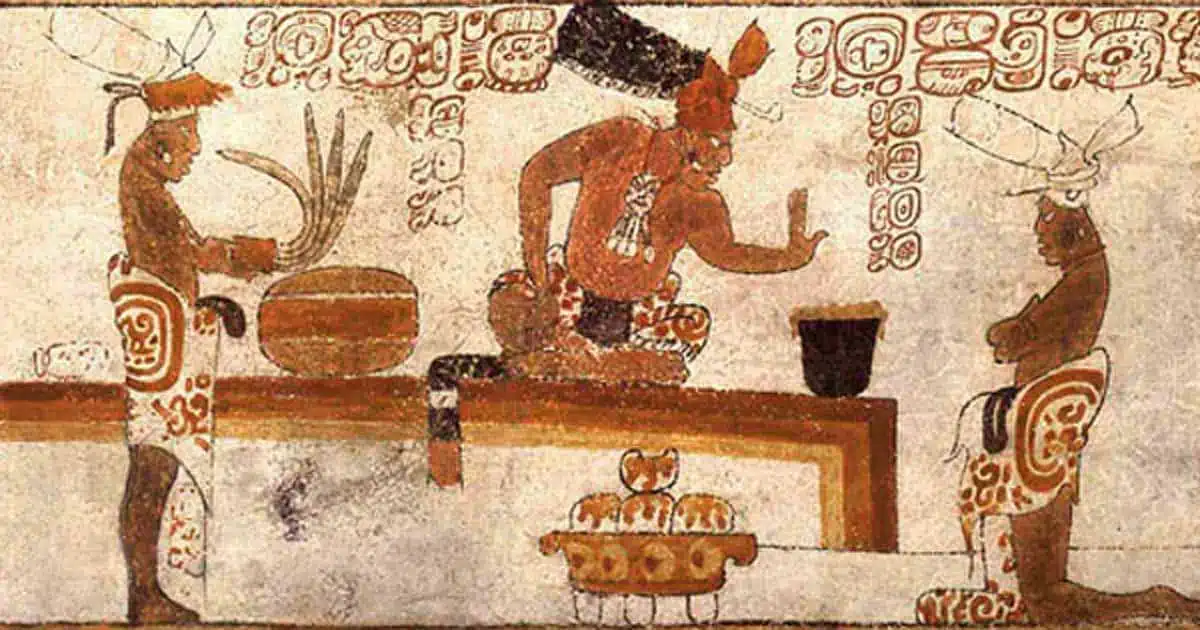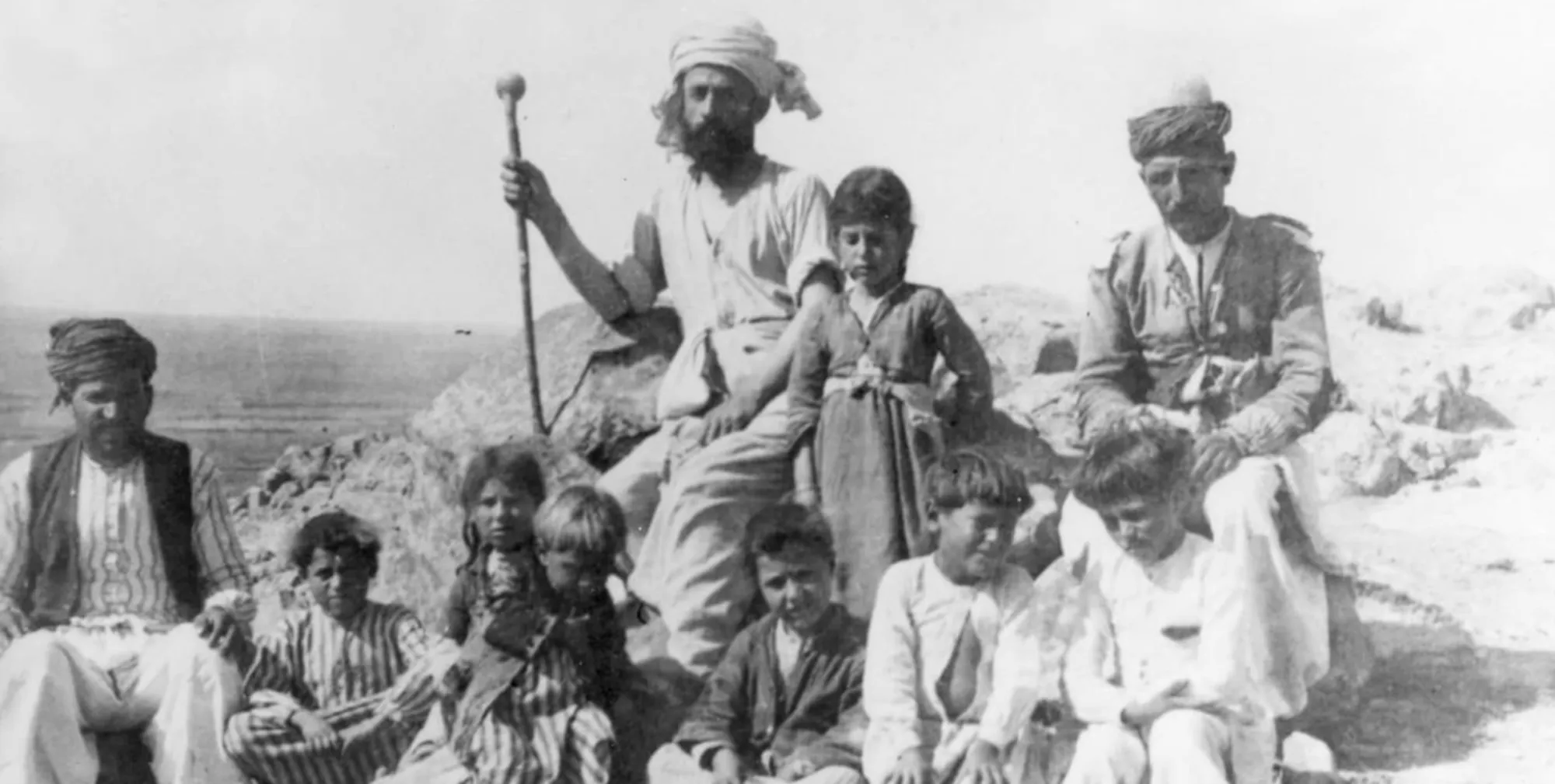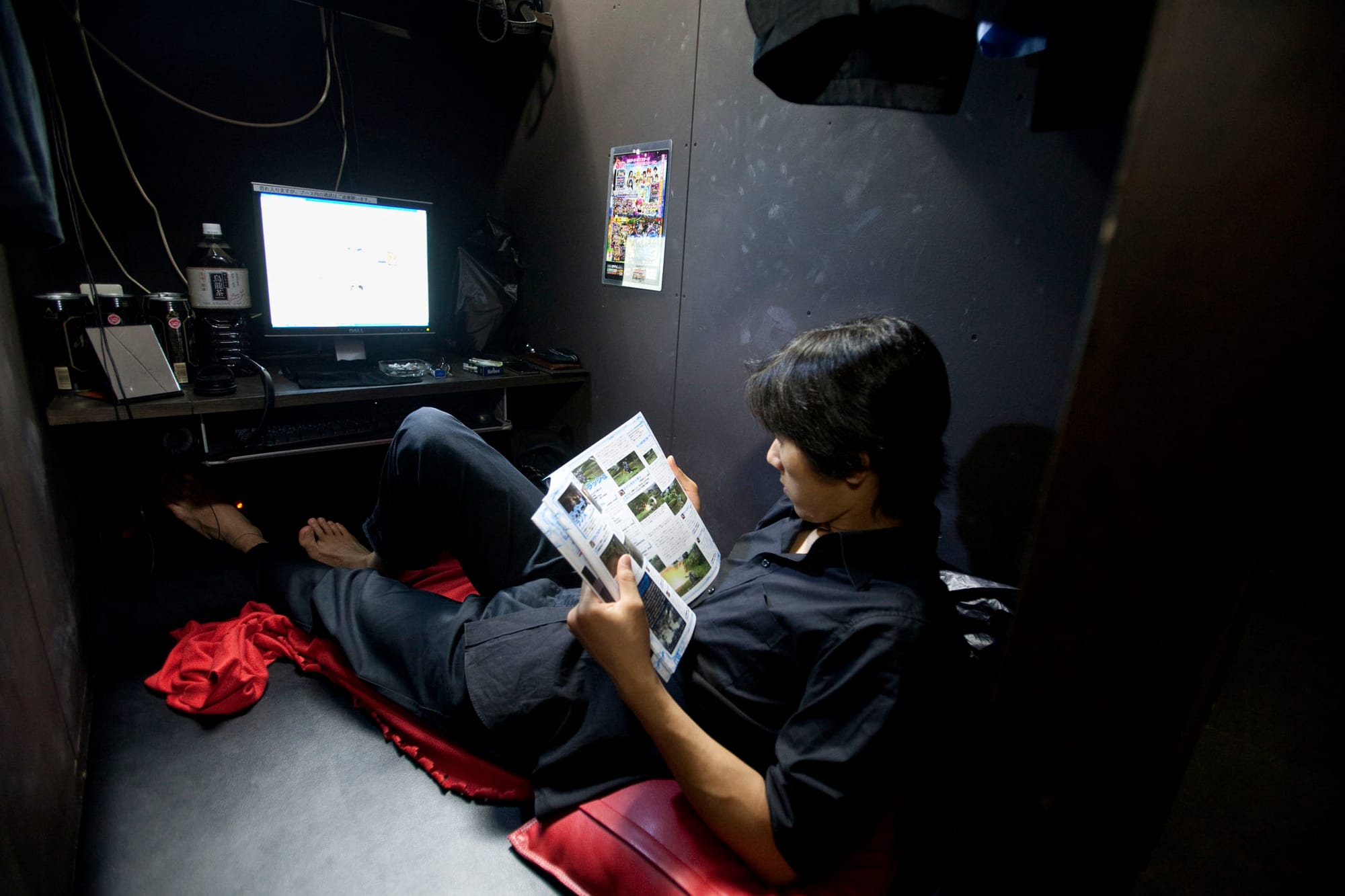Last Summer, I was fortunate enough to visit Oberammergau- a town in Bavaria that is renowned for mounting a play every 10 years in which the Passion of Christ is re-enacted. However, this is not just any old play, nor can you say that it is a strong sense of spirituality which has continued to attract audiences throughout its 380 year history, rather it is its scale that makes it so special. Every decade, the play attracts hundreds of thousands of tourists from across the world who come for what can only be described as a once in a lifetime experience.
Nearly the whole town is involved, with over 2,000 people in total (including actors, singers, instrumentalists, and technicians) involved and from the end of May right up until October, the auditorium manages to nearly always fill its 4,700 seats. In addition, the town is a centre for ‘Holzschnitzerei’ (wood carvings) and Lüftlmalerei (traditional frescoes painted onto the exteriors of many homes and buildings across Oberammergau). All in all, my visit was thoroughly enjoyable but it’s fair to say I didn’t quite go into it with a very open mind. After all, why would anyone (let alone someone with intermediate German) want to sit through a five-hour (yes, FIVE HOUR) play entirely in the native language?
Well, first of all, I believe a large part of the reason why one might consider going is its astounding history. In 1633, as the bubonic plague, continued to ravage Europe, the inhabitants of Oberammergau vowed that they would put on a Passion play in perpetuity were they to be spared from the disease. With few exceptions, the town generally remained healthy and so the first play was performed in 1634, inciting many pilgrims to visit, which ended up necessitating the construction of a large-scale theatre in 1890. Yet what is so impressive about the tradition is that decade after decade, the inhabitants of the village have remained highly skilled musicians and actors who put on highly professional performances, in spite of the fact that the town is really very small. Furthermore, we mustn’t overlook the fact that the town has kept its promise, no matter how anachronistic a tradition may now seem. Indeed, the play has only not taken place in the appointed year (the turn of a new decade) four times in its history: once in 1770 due to a ban placed on such plays by the King of Bavaria, in 1920 and 1940 due to the two World Wars, and most recently in 2020 thanks to the pandemic.
Yet in my view, it’s not just the play that makes the town so special and there’s a lot more to do there than just soak in its history. Oberammergau also has a long and famous tradition of woodcarvings and is the home to the Bavarian state woodcarving school. The streets are lined with numerous woodcarvers’ shops and their work ranges from religious artefacts to wooden toys. Below is a carving I bought during my visit from a local artisan, who later turned out to be playing a Roman soldier in the play itself!


Furthermore, the painted frescoes which can be seen on walls throughout the town portray many sacred and secular themes, including depictions of fairytales, folklore, and local life. This one, for example, tells the story of Hansel and Gretel.
So why not pay the town a visit, not just to experience the Passion play in all its glory, but also to begin to appreciate other aspects of Bavarian culture and its unparalleled beauty? Get it in the diary- you’ve only got 7 years to wait.
By George Hill








